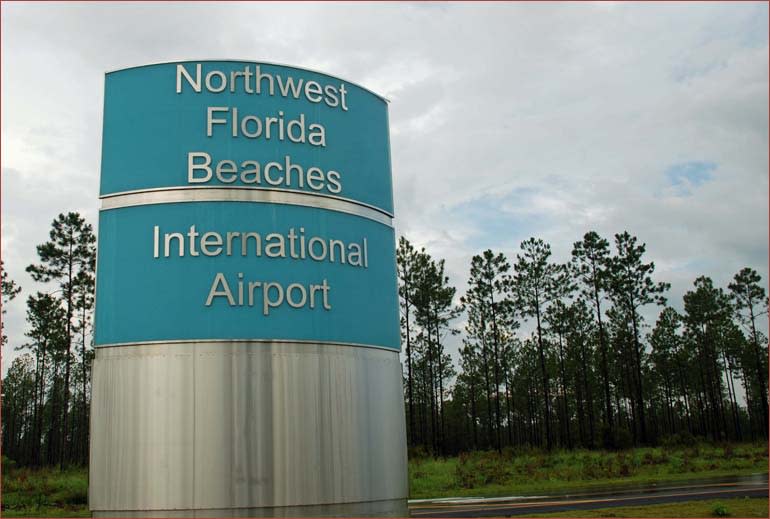

This runway has a 4-adjusted PAPI light framework and centerline lights. The far edge of Runway 16, the height for Runway 34, is 53.7 feet (16.4 meters). For general avionics airplane, the runway utilizes left traffic design. The runway has an instrument approach that incorporates S-ILS or LOC/DME and GPS RNAV. The runway has a 4-adjusted PAPI light framework (glideslope: 2.83°), a MALSR approach light, centerline lights, and touchdown zone lights. The rise for Runway 16 is 68.6 feet (20.9 m). There are plans to fabricate one crosswind and one equal runway as traffic increments.

It is concrete/scored, 10,000 feet (3,000 meters) in length and 150 feet (46 meters) wide. The air terminal spreads 4,000 sections of land (1,600 hectares) at a rise of 68 feet (21 m). The air terminal authority initially chose to name it Northwest Florida–Panama City International Airport, however carriers, and the overall population requested that the air terminal position utilize an increasingly territorial name. The air terminal presently has no booked universal flights because of the little populace in the encompassing regions and the way that the interest for appearance to Panama City is, for the most part, provincial and additionally national. The air terminal opened for business flights on May 23, 2010, and is the first international air terminal in the United States structured and worked since the September 11 assaults. It supplanted Panama City-Bay County International Airport (Fannin Field, PFN), which was in Panama City.

The Panama City-Bay County Airport claims the air terminal and Industrial District and is north of Panama City Beach, Florida, close to West Bay. Northwest Florida Beaches International Airport, known by its IATA ECP, is an open-air terminal 18 miles at the northwest of Panama City, Bay County. About Northwest Florida Beaches International Airport


 0 kommentar(er)
0 kommentar(er)
